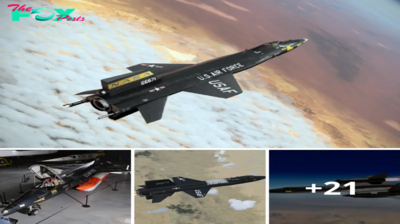
The discovery of TÄrtÄria tablets is regarded by some archeologists to be the worldâs first known writing. Archeologist Nicolae Vlassaat discovered the three TÄrtÄria tablets in 1961 at a Neolithic site in the Romanian village of TÄrtÄria. Although scientists could not determine the age of these tablets by carbondating, they believed they were created approximately 7,500 years ago. Similar writing items were found in Greece, Serbia and Bulgaria at one time or another. Scientists believe they were created by ancient Vina culture residents between 5500 BC and 4000 BC during the Sumerian era. Some academics believed it impossible to decode the cryptic characters found in the old tables. Others thought the symbols were pictograms.

The Vina civilization is thought to have been Europeâs biggest prehistoric civilization. The term âVinaâ comes from the village near the Danube Riverâs banks where the first remnants of this strange society were discovered. Vina civilization is thought be the first to employ metallurgy and agriculture. Itâs probable it was the worldâs first civilization to employ copper. It is possible that hundreds of years ago, laborers on Serbian soil used copper-based weapons and tools. Scientists have discovered evidence of blacksmithing and metallurgy 7500 years ago in Plonik, Serbia. It is located by the Vina Culture.

Vina people werenât just skilled artisans; they were also a sophisticated civilisation. This claim was supported by researchers who discovered figurines of Vina Animals. Each residence also had its own litter box, homes were heated and people slept on woolen or fur carPets. Flax was used to make garments. A well-kept cemetery was located just a few blocks away from the residential areas.

Archaeologists uncovered three clay figures representing a god during excavations in Serbiaâs southern area. They also found items that had feminine traits, which resembled an extraterrestrial description. These intriguing figurines include triangular-shaped faces or masks with large oval-shaped eyes and elongated nostrils. Some figures looked half-human, half-reptile. Some of the humanoid statues are depicted in the form of divine beings.

Most of these strange humanoid creatures are depicted as guardian deities. Some are good and some are bad. Many scholars are baffled by the zoomorphic-anthropomorphic images and have yet to find an answer. Ancient astronaut theorists believe this could be the most striking example of interactivity with aliens from other planets. Researchers concluded that the city might have been a cultural intellectual centre. Archaeologists have discovered evidence that the Vina civilization is not behind other advanced ancient cultures.











































